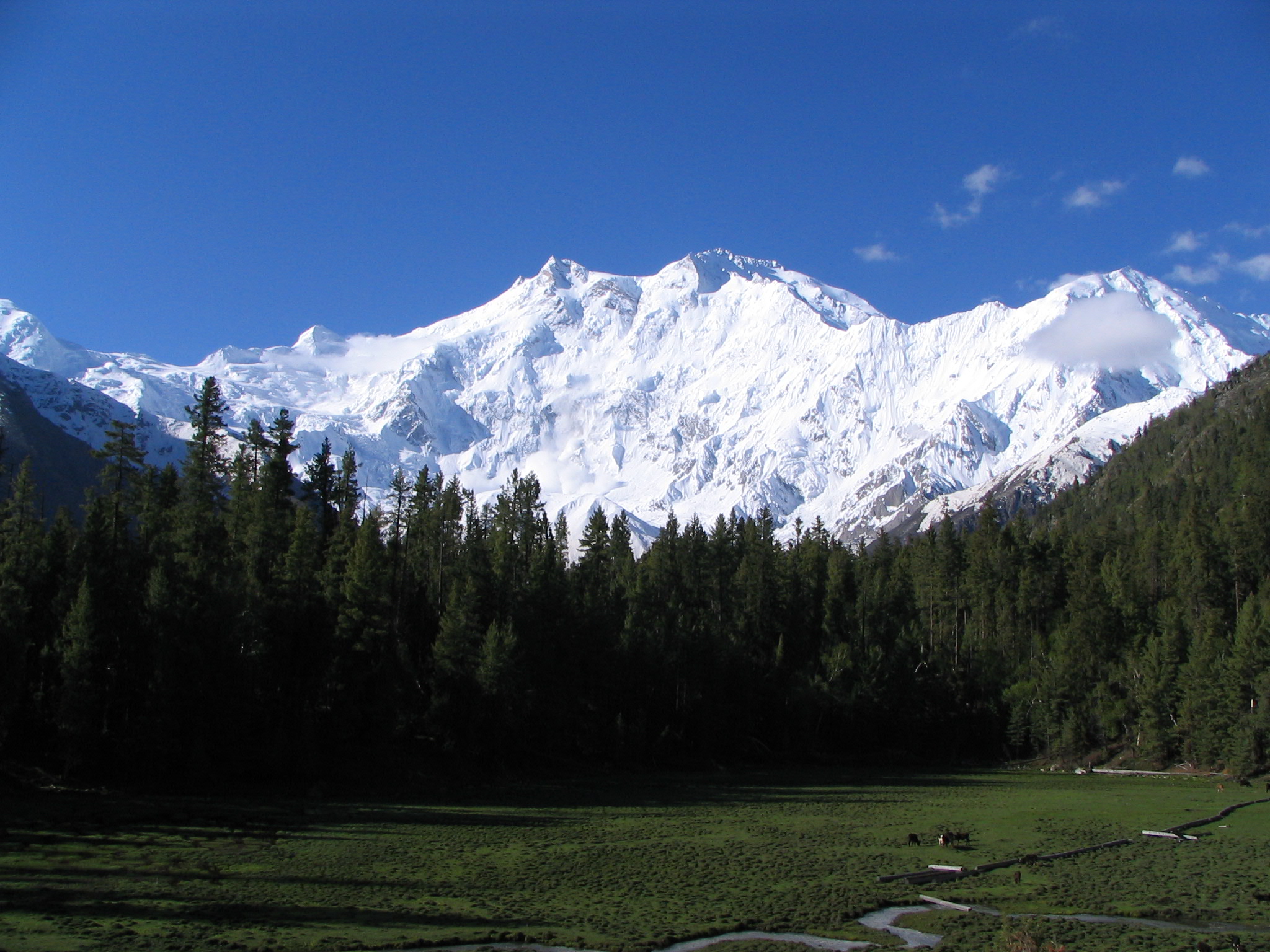Nanga Parbat, also known as “Killer Mountain,” is the ninth highest mountain in the world and the second highest in Pakistan. Located in the western Himalayas, the mountain has been the site of many climbing expeditions and has earned a reputation as one of the deadliest peaks in the world.
The first attempt to climb Nanga Parbat was made by German climber Albert F. Mummery in 1895. Mummery and his team were unable to reach the summit and three members of the team, including Mummery, lost their lives on the mountain.
In the decades that followed, many climbers attempted to summit Nanga Parbat, but the mountain continued to claim lives. In the 1930s, several German expeditions attempted to climb the mountain, with one expedition resulting in the deaths of six climbers.
It was not until 1953 that Nanga Parbat was successfully climbed for the first time. Austrian climber Hermann Buhl made the historic ascent solo and without supplementary oxygen. His climb was considered one of the greatest feats in mountaineering history.
Despite the dangers, climbers continue to attempt to summit Nanga Parbat. In recent years, the mountain has seen several high-profile climbing expeditions, including one led by Polish climber Jerzy Kukuczka, who made the first winter ascent of the mountain in 2016.
To those not climbing it but merely looking to get a sight of it, you have to pass through a place called Fairy Meadows and it is as heavenly as it sounds by all accounts. From reflection shots of the orange twilight caps at sunset to the horses running along the Polo field, its a fascinating place for many travellers and a highlight of the itineraries we work with.
However, the mountain is still considered one of the most dangerous to climb, with several accidents happened in the recent years, Despite the risks, the allure of climbing Nanga Parbat continues to draw climbers from all over the world, as they challenge themselves to conquer one of the world’s most formidable peaks.














